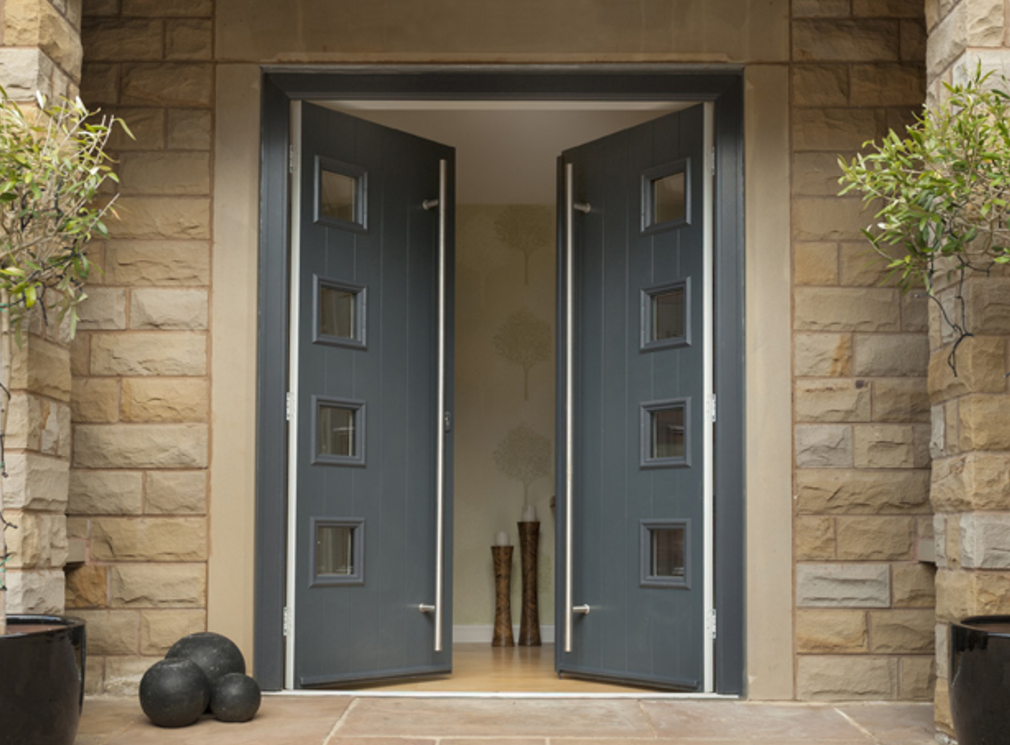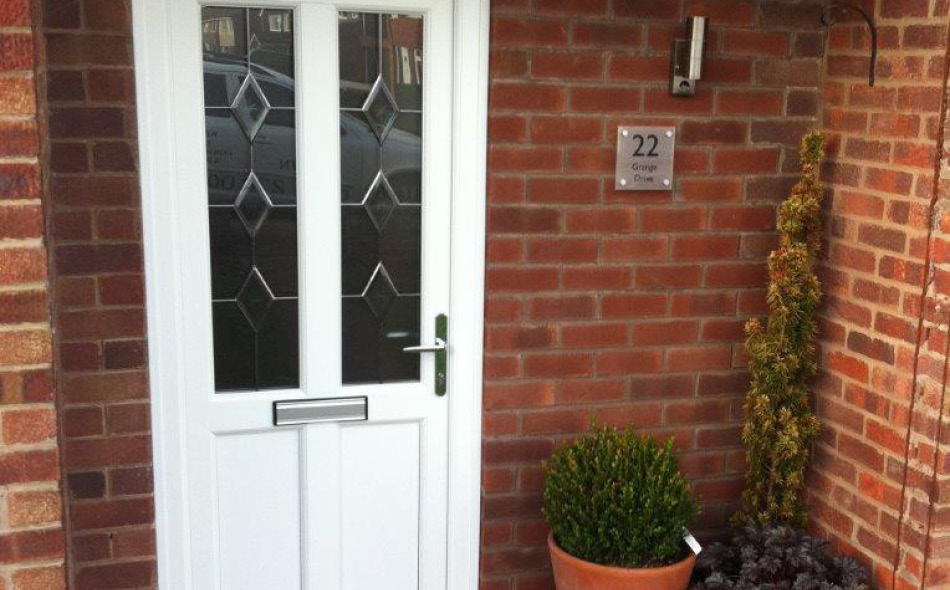Conservatories are a popular choice for those looking to add an airy, bright room to their home that complements their home and garden. A well-decorated conservatory can provide a great environment for hosting guests, or posing as a secondary living room.
Whilst conservatories are a fantastic way to an additional room to your home, and can help improve your home’s value, they can be a costly upgrade upfront. To help you understand the costs involved and how you can adjust the cost of a conservatory, we’ll take you through what’s involved and the cost implications.
When it comes to adding a conservatory to your home, there are a few factors which will impact the total project cost, including:
- The type of conservatory, including material and its construction
- Your roof choice
- Planning and regulatory costs
- Installation costs
Let’s take a look at these factors more in-depth.
The cost of the conservatory itself
The type of conservatory, including its material and size, can have a big impact on the final cost of the project. Naturally, the larger the conservatory, the higher the cost.
But the material you choose is also an important consideration.
uPVC conservatories are the most affordable option. These are available in a wide range of RAL colours, allowing you to make your conservatory your own and allow it to fit in with the surrounding area. A standard, small uPVC conservatory can cost around £15,000 to £20,000.
On the flip side, there are also aluminium and timber-based conservatory options available. Aluminium can provide a more premium feel, but comes in at a higher price, ranging upwards of £30,000 for a standard, small conservatory. Timber, on the other hand, comes in at the highest cost, upwards of £50,000, but can be more suitable to certain types of projects and locations.
The roof options available
Conservatories offer a number of different roof options that allow you to really alter the look and feel of it. Options range from tiled roofs, solid roofs, through to glass and polycarbonate.
Tiled Roofs
Tiled roofs are favoured for their durability and their ability to blend with the existing house roof, providing a seamless extension of the home. They offer excellent thermal insulation, making the conservatory usable all year round.
The cost of a tiled conservatory roof varies depending on the size of the conservatory and the type of tiles used, but generally, homeowners in the UK can expect to pay between £4,000 and £10,000. This option, while one of the more expensive, adds substantial value to the property and is energy-efficient, potentially saving money on heating bills in the long run.
Solid Roofs
Solid roofs, often made from aluminium or timber and then tiled or slated on the outside, are another popular choice for their robust insulation properties and sleek appearance. Like tiled roofs, they are excellent for making a conservatory feel like a natural extension of the home.
Solid roofs are similar to that of tiled roofs, largely due to the materials and labour involved. Prices range from £7,000 to £20,000, influenced by factors such as materials, design complexity, and the conservatory’s dimensions.
Glass Roofs
Glass roofs are the go-to for those wishing to maximise natural light and enjoy clear views of the sky. Modern glass conservatory roofs are thermally efficient, thanks to technological advances in glazing that help control temperature and reduce glare.
The cost of installing a glass roof on your conservatory in the UK typically ranges from £3,000 to £7,000, making it a moderately priced option. This price can escalate with the inclusion of self-cleaning or solar control glass.
Polycarbonate Roofs
Polycarbonate roofs are the most budget-friendly option, known for their lightweight and versatile properties. While not as aesthetically pleasing or insulating as glass, polycarbonate is durable and offers protection from UV rays.
A polycarbonate conservatory roof can range from £2,500 to £5,000, depending on the thickness of the material and the conservatory’s size. However, it’s worth noting that this option might lead to higher energy costs over time due to its inferior insulating properties compared to the other roofing options.
Planning costs
In many cases, conservatories in the UK can be added under permitted development rights, meaning they do not require planning permission, provided they meet certain criteria.
However, if your home is listed, located in a conservation area, or your conservatory exceeds specific size limits, you may need to apply for planning permission, which incurs a cost. The fee for a householder planning application in England is currently £206. It’s also wise to consult with your local planning authority before starting your project to ensure compliance and avoid any potential fines or the need to modify or remove the structure later.
Building regulations are separate from planning permission and are aimed at ensuring the construction’s safety and energy efficiency. Not all conservatories will require approval under building regulations, but if yours does, the application cost varies across different local authorities. Expect to pay between £300 and £600 for your application, depending on the project’s complexity and size.
Architect or Surveyor Fees
If your conservatory project is complex or requires planning permission, you might need the services of an architect or a surveyor to draw up plans and ensure that your conservatory meets all legal requirements. Fees for these professional services can range widely, from a few hundred to several thousand pounds, depending on the extent of the work involved and the professionals’ experience and reputation.
Installation costs
The cost of installing a conservatory in the UK, exclusive of the conservatory structure itself, can vary significantly based on a number of factors. These include the complexity of the build, the foundation requirements, access to the site, and any additional features or specifications that might be necessary to complement the existing property.
For a standard installation, labour costs can range broadly from £1,000 to £3,000. However, if extensive groundworks are required, such as laying a new foundation or dealing with uneven terrain, the costs can increase considerably. In more complex scenarios, especially for larger conservatories or those requiring specialised glass or bespoke designs, installation costs can easily escalate to £5,000 or more.
Outside of the actual installation of the conservatory itself, make sure to consider the potential need for additional groundwork, such as strengthening the foundations or removing obstacles like trees or old structures, which can add to the project’s total cost.
It’s also prudent to factor in any internal finishes, electrical work, heating, or furnishings you’ll want to complete the space, as these will impact your overall budget.
With all of this information in mind, you will be well on your way to understanding where the costs for a conservatory will lay, and how you can help find a conservatory that will fit within your budget by making changes to your plans to align the end-result with your budget.
If you’re looking to have a new conservatory fitted, take a look at our online conservatory quote tool, where you’ll be able to find and compare up to three conservatory installers in your area.

